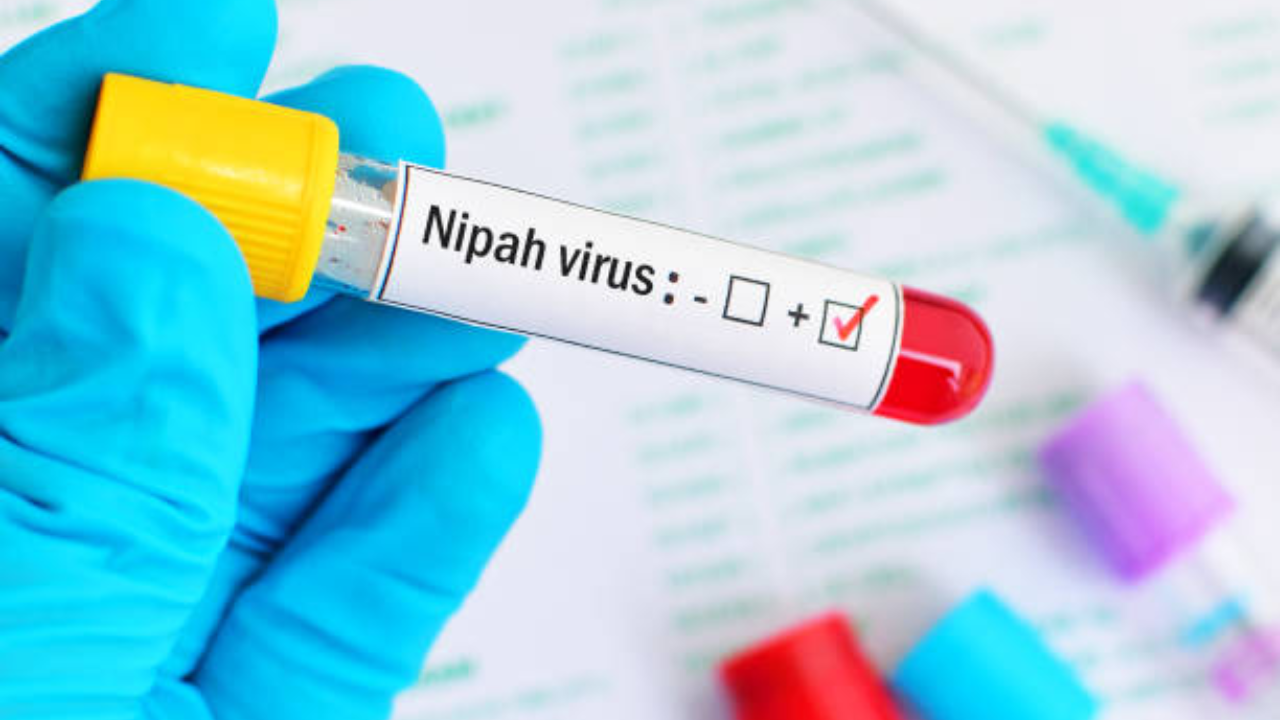
So far, 151 people are on the primary contact list, the health minister told the media.The information of all of them has been collected, and those who came into direct contact have been sent to isolation. After five people in isolation had developed some mild symptoms, samples were sent for testing.
Nipah was first identified in 1999 in Malaysia, however no outbreaks have been identified since then. 2 years later it was found in Bangladesh and India. India recorded its first Nipah virus case in the year 2001 in Siliguri, West Bengal. In Kerala, where two cases of Nipah have been found so far this year, in the past outbreaks were recorded in Kozhikode district in 2018, 2021, and 2023 and in Ernakulam district in 2019.
How does it spread?
The Nipah outbreak in Kerala can be a big concern in view of the severity of the disease. The fatality rate of this viral infection is up to 75%. Fruit bats are the natural hosts of the virus and it can be transmitted to humans from animals like pigs and bats through contamination. It can also be spread from human to human.
Nipah virus can spread through direct contact with infected animals, such as bats or pigs, or their body fluids (such as blood, urine or saliva), consuming food products that have been contaminated by body fluids of infected animals (such as palm sap or fruit contaminated by an infected bat) and close contact with a person infected with the virus or their body fluids (including nasal or respiratory droplets, urine, or blood).
Apart from this, some cases of nipah virus infection have also been reported among people who climb trees where bats often roost, the Kerala health department has said.
Symptoms and complications associated with Nipah virus infection
Nipah infection identifies itself with classic symptoms like headache, fever, vomiting, sore throat, dizziness, drowsiness, altered consciousness, and acute encephalitis. It takes 4 to 14 days for the symptoms to show after the person has been infected. Nipah virus infection takes a toll on the neurological health of several people. Around 20% of the infected individuals are left with residual neurological consequences such as seizure disorder and personality changes.
As per the information released by the Kerala health department, the symptoms of Nipah virus infection range from mild to severe, with death occurring in 40%–70% of those infected in documented outbreaks between 1998 and 2018.
Nipah outbreak in Kerala; how to stay safe
Nipah virus infection is diagnosed using RT PCR or the peal time polymerase chain reaction during the early stages of the infection and using ELISA or the enzyme linked immunosorbent assay during the later course of the infection. Early diagnosis of the disease is often challenging because the signs and symptoms of the infection seen during this phase are not specific.
To stop the spread of the Nipah virus, several preventive measures need to be followed. “Close unprotected physical contact with Nipah virus-infected people should be avoided. Regular hand washing should be carried out after caring for or visiting sick people,” the World Health Organisation (WHO) warns.
























